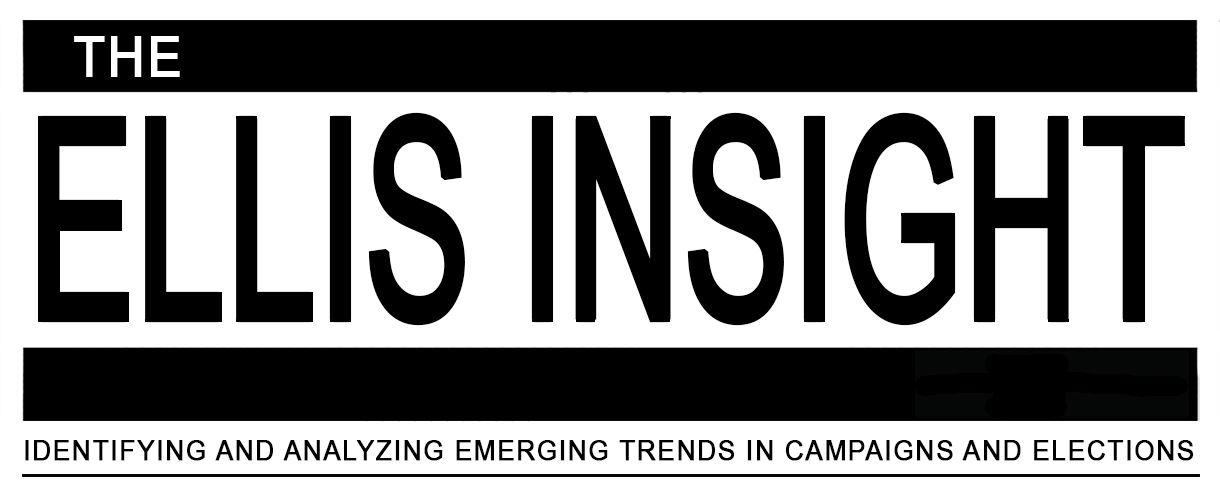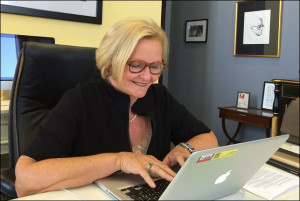By Jim Ellis
Jan. 17, 2018 — As we continue setting the stage for the 2018 midterms now that we are in the actual election year, in a two-part series, we review the announced candidate status in each state, since much has changed in the past few weeks.
Arizona: Sen. Jeff Flake (R) – Retiring – Open Seat
Candidate Filing Deadline: May 30, 2018
State Primary: Aug. 28, 2018
• Joe Arpaio (R) – former Sheriff, Maricopa County
• Martha McSally (R) – US Representative; 2nd District
• Kelli Ward (R) – former state Senator; 2016 US Senate candidate
• Kyrsten Sinema (D) – US Representative; 9th District
3 Minor Republican candidates
5 Minor Democratic candidates
1 Libertarian candidate
1 Green candidate
California: Sen. Dianne Feinstein (D) – seeking re-election
Candidate Filing Deadline: March 9, 2018
State Primary: June 5, 2018
Jungle Primary: Top two candidates advance to general election
• Kevin de Leon (D) – State Senate President
• Erin Cruz (R) – Radio Talk Show host
5 Minor Democratic candidates
6 Minor Republican candidates
6 Independent candidates
Connecticut: Sen. Christopher Murphy (D) – seeking re-election
Candidate Filing Deadline: June 8, 2018
State Primary: Aug. 14, 2018
• Ann-Marie Adams (D) – Journalist
• Tony Hwang (R) – State Senator – possible candidate
2 Minor Republican candidates






